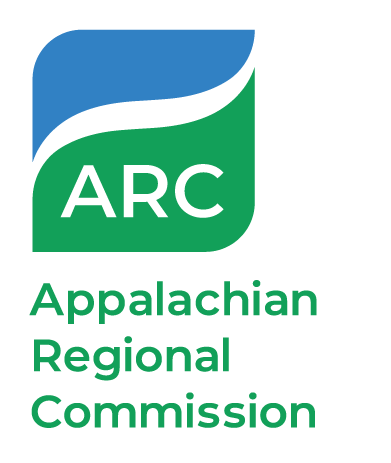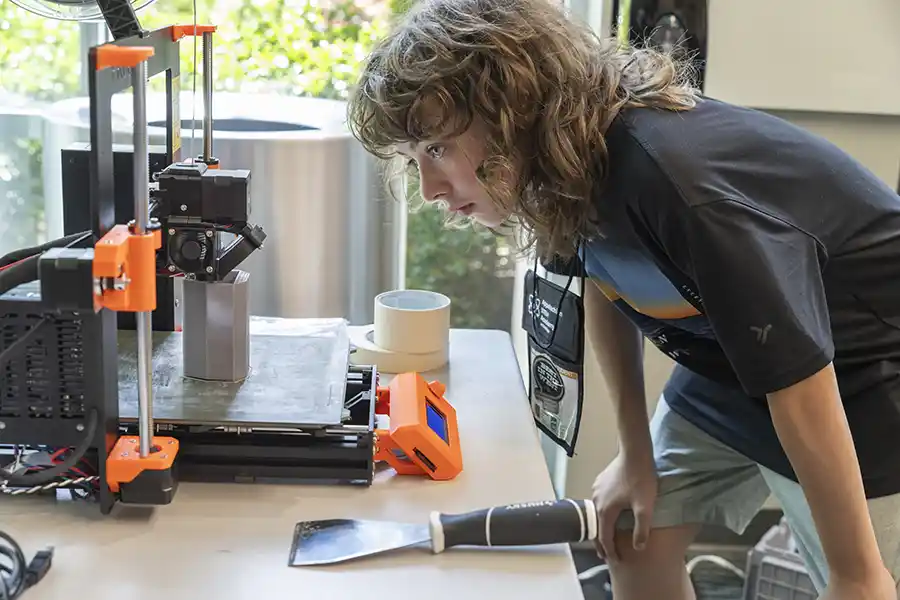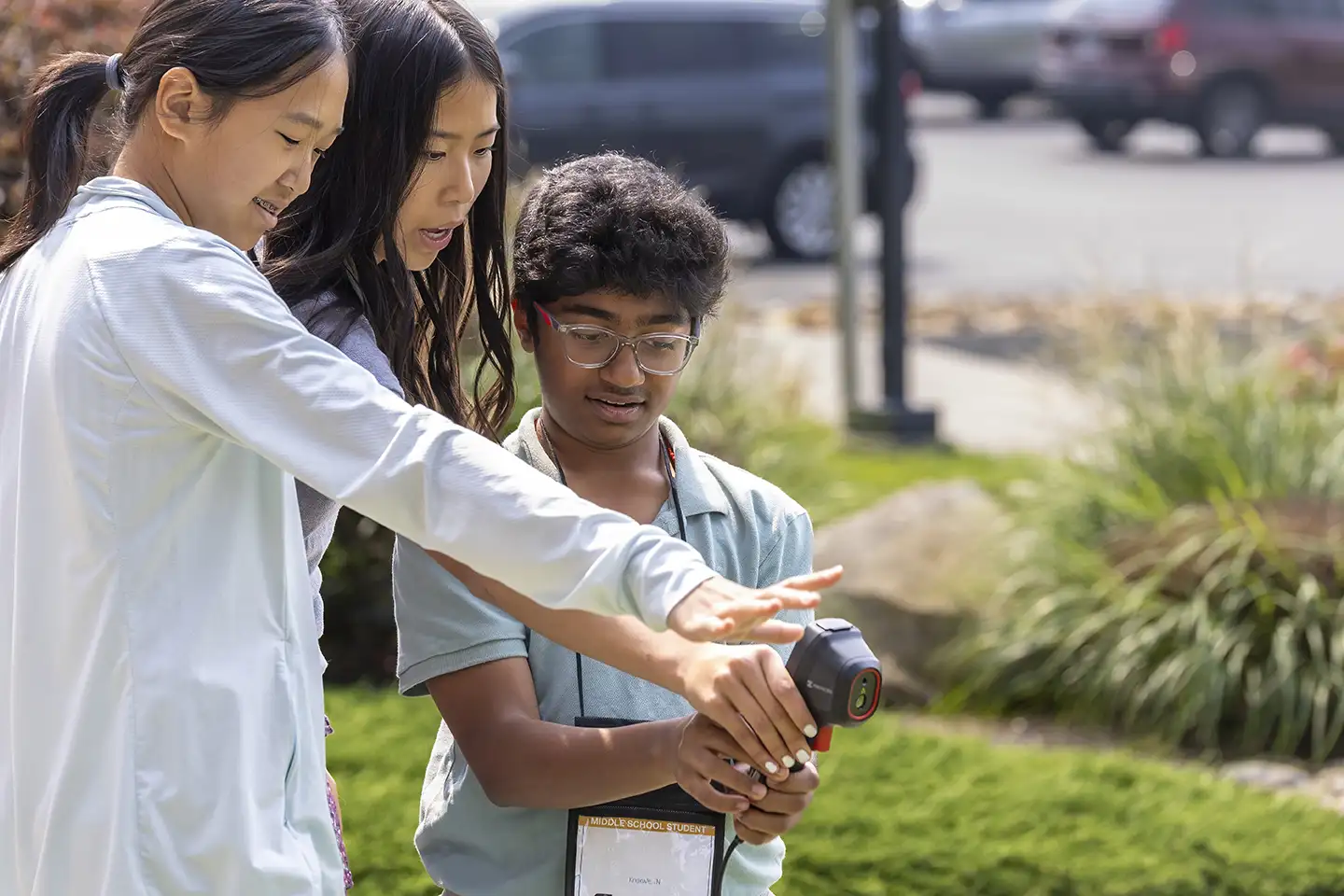Projects
The Academy curriculum is developed by area Master Teachers utilizing national and state science standards, area scientific expertise, and best practices in education. The Master Teachers also arrange tours, speakers, and assume primary teaching responsibilities for content delivery, hands-on experimentation, data collection, data analysis and final presentations. Three assistant teachers typically assist with the curriculum presentation and daily student explorations and research.
Students are divided into small STEM Groups to develop skills on artificial intelligence, 3D printing, and city planning. In their groups, students conduct hands-on experiments, analyze data, and collaborate with peers to discuss findings to build their knowledge in each STEM Group topic. Student will then apply their knowledge to complete their final project.
For their final project, students are place in an Entrepreneur Group to identify problems that affected their communities throughout Appalachia. Using their skills in 3D printing, city planning, groups then develop a solution and design a prototype to present for their final presentation.



